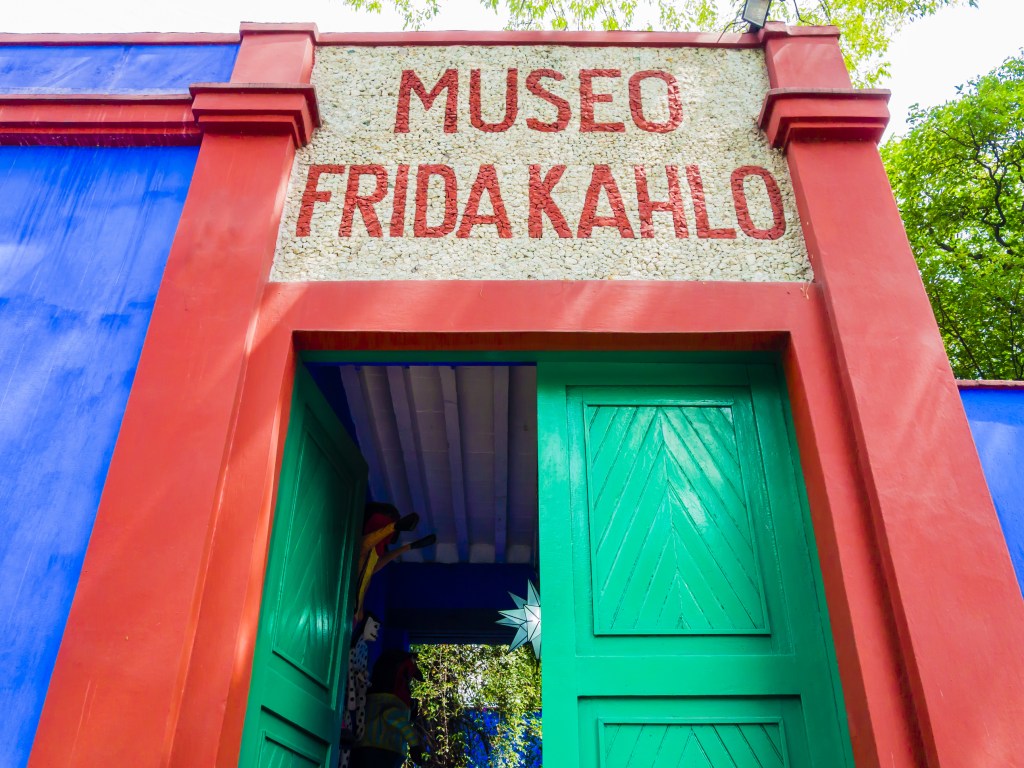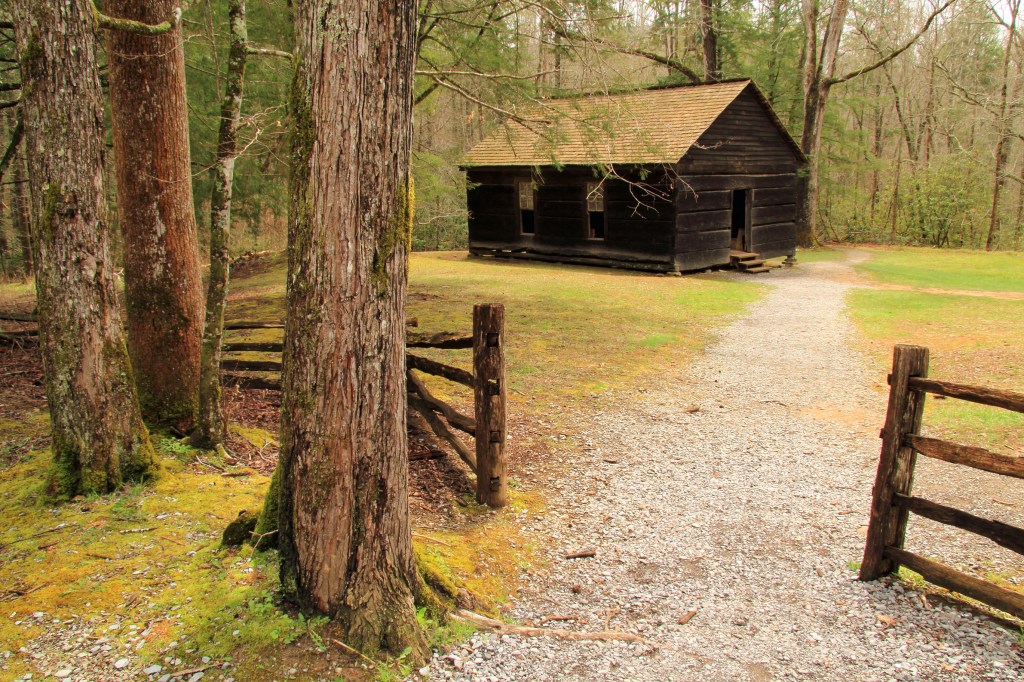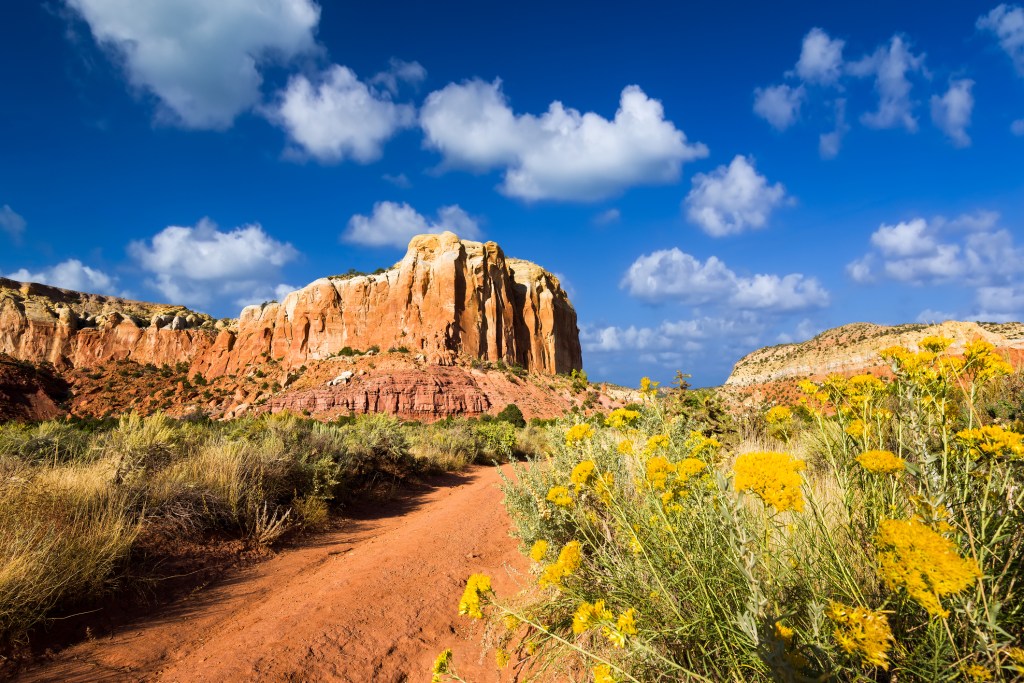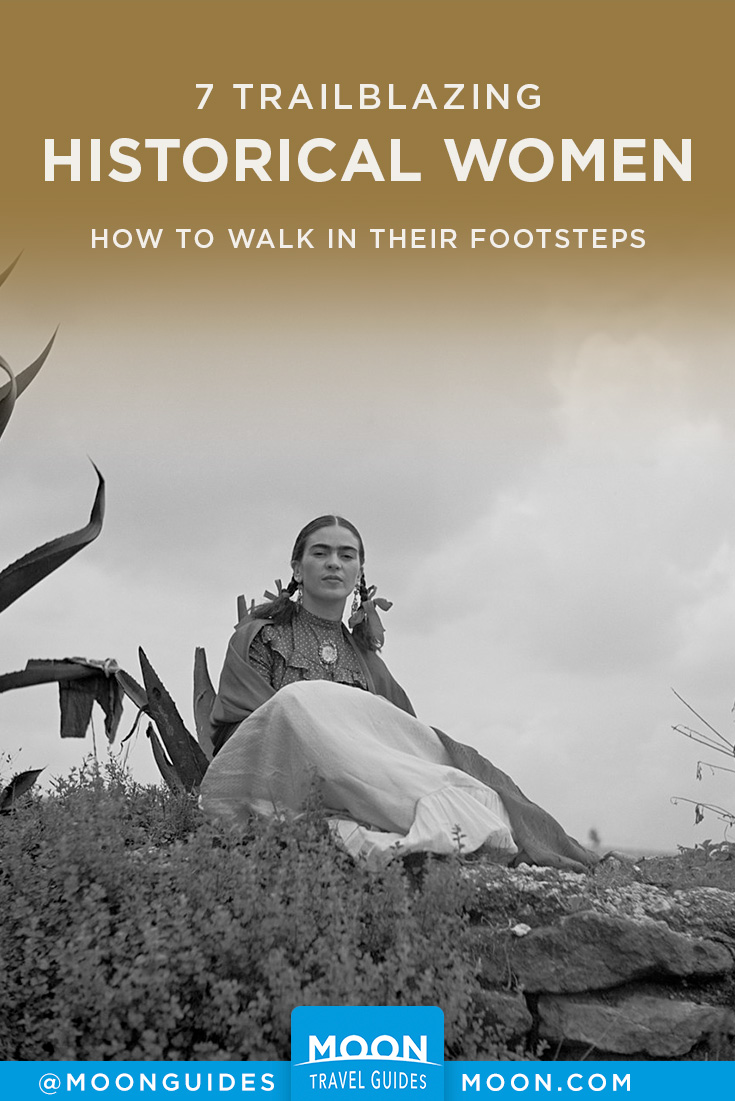7 Notable Women—and How to Walk in their Footsteps
In celebration of Women’s History Month, we’re revisiting the legacies of some creative, trailblazing women who have made an impact in the Americas. Read up on these seven fascinating figures and find out how you can walk in their footsteps.

Frida Kahlo
Frida Kahlo produced a small body of work during her lifetime, yet her paintings are so unique and powerful that she is now one of the most recognizable names in modern art and a beloved icon throughout the world. The Museo Frida Kahlo is located in Mexico City in the house where Kahlo grew up, lived with her husband, artist Diego Rivera, and died. Known as the Casa Azul for its cobalt color, this wonderful museum is both an art gallery and a recreation of the home when Kahlo and Rivera lived there. The ground-floor galleries exhibit some of Kahlo’s work as well as some of her modern art collection. Perhaps the most moving rooms are upstairs, where visitors can see Kahlo’s studio, with her wheelchair at the easel, as well as the bed where Kahlo spent so much time after a tragic trolley accident in her teenage years left her permanently disabled. Many of her outfits are displayed throughout the museum. Recently, the museum’s collection expanded after a remarkable discovery within its own walls—a treasure of hidden clothing, documents, toys, books, and other artifacts from the artists’ lives.
Ready to plan your visit? Check out:
Pauli Murray
Black, queer, and feminist, Pauli Murray, who grew up in Durham, North Carolina, played many roles during her lifetime: legal theorist, civil rights activist, and the first ordained African American woman Episcopal priest in 1977. She was also a co-founder of the National Organization for Women. It was Murray, while a student at Howard Law School, who posited the idea of challenging the “separate” part of the separate but equal doctrine established by Plessy v. Ferguson. It was a wild idea at the time, but Murray was firm in her belief that segregation was a violation of the 13th and 14th amendments. When Thurgood Marshall and the NAACP argued Brown v. Board of Education, Murray’s contribution undergirded their winning argument. Her activist bonafides include old-school protests against segregation, such as her 1940 arrest for refusing to sit on broken seats at the back of a bus headed to Durham. While studying law at Howard in the early ’40s, she participated in restaurant sit-ins in Washington DC—well before the sit-in movement sparked in Greensboro in 1960. Today you can visit the family home that nurtured Pauli Murray as a child, now the Pauli Murray Center for History and Social Justice, in Durham.
Want to learn more about the women of the civil rights movement?

Dolly Parton
With a record-breaking 41 top-10 country albums, over 3,000 songs composed in her lifetime, and a philanthropic spirit, country music legend Dolly Parton is the dominating presence in her homeland of eastern Tennessee. Her namesake amusement park, Dollywood, is in Pigeon Forge, and she was born and raised in Sevierville, where a statue of her stands in front of the courthouse. You’ll see her face, hear her music, and maybe even meet one of her many cousins everywhere across these two towns—which have grown a lot since Dolly was born, due to the popularity of Great Smoky Mountains National Park. You can experience even more of Parton’s heritage within the park’s boundaries: Greenbrier Cove, like many other coves in the park, was once home to a mountain community. This area was settled in the early 1800s, and families farmed, trapped, and hunted the land until the establishment of the national park. Dolly Parton’s ancestors, Benjamin C. and Margaret Parton, moved here in the 1850s, and their descendants left when the park was formed.
Want to explore the park (and hit Dollywood while you’re at it)?
Sacagawea
Much of the American West was trekked by Sacagawea, the bilingual Shoshone woman known for her role in the famed Lewis and Clark expedition. Born in 1788 or 1789, she grew up in the foothills of the Rocky Mountains in the Salmon River region of what is now Idaho. She accompanied the Lewis and Clark Corps of Discovery expedition from the northern plains to the Pacific Ocean and back, acting as an intermediary between the men and the Native tribes they encountered. Today, Southeastern Washington’s Sacajawea State Park sits where the Snake and Columbia Rivers meet—and where her expedition with Lewis and Clark once paused. To learn more about Sacagawea and the native tribes in the area, head to the interpretive center, which covers the park’s history.
To follow Sacagawea’s journey for yourself, pick up:
Marie Laveau
Marie Laveau is the historical figure most connected with southern Louisiana’s rich voodoo tradition, serving as New Orleans’ high priestess of voodoo from roughly 1830 onward. Laveau combined the understanding ear of a psychologist with the showmanship of a preacher to become one of New Orleans’ most vaunted spiritual figures. Word of Laveau’s talents as a voodoo priestess spread rapidly, and soon she was staging ceremonies in the small yard of her St. Ann Street home (the site of which can be found today at 1020 St. Ann Street). Her alleged grave in St. Louis Cemetery No. 1, on Basin Street, is still a site of pilgrimage for voodoo practitioners. According to legend, believers can invoke her powers by marking her tomb with three X’s (a gris-gris, or charm), scratching the ground three times with their feet, knocking three times on the grave, and leaving a small offering before making a wish.
To learn more about Laveau and other Louisiana legends, check out:

Georgia O’Keeffe
New Mexico’s Ghost Ranch, a 21,000-acre retreat, is best known because the celebrated painter Georgia O’Keeffe owned a small parcel of the land and maintained a studio here. Guided tours of the ranch grounds run mid-March-November, and focus on various topics from local archaeology to movie settings. You can take a walking tour that visits O’Keeffe’s painting spot in the red Chinle hills behind the ranch, or opt for a scenic horseback ride into the restricted area of Ghost Ranch to see various locations from her paintings. About an hour and a half drive away in Taos you’ll find the architecturally significant San Francisco de Asis Mission Church, which appeared in O’Keeffe’s work, as well as the gnarled pine on DH Lawrence’s ranch that inspired her painting “The Lawrence Tree.”
Saddle up for your visit to Ghost Ranch with:
Rachel Carson
Pennsylvania-born biologist and nature writer Rachel Carson has been called the mother of the modern environmental movement—largely because of this 1962 book on the harmful effects of pesticides, Silent Spring. Carson was born in 1907 in Springdale, about 18 miles north of Pittsburgh along the Allegheny River. Today, you can visit the Rachel Carson Bridge in Pittsburgh, which got its new name on Earth Day in 2006, or, if you really want to honor her legacy, get out into nature and hit the Rachel Carson Trail just north of the city. Many brave souls attempt the entire trail every summer during the Rachel Carson Trail Challenge, a 34-mile, sunrise-to-sunset endurance hike, but hiking just a segment of the trail is well worth it, too.
Pin it for Later






